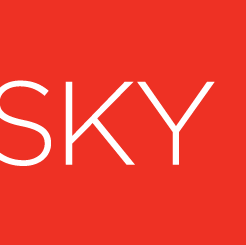Updated 2/8/22
It might seem that unemployment at 3.9% as of December 2021 would be a cause for celebration. However, a low unemployment rate also comes with problems. For HR departments, a low unemployment rate means more competition. It’s a buyer’s market and the best candidates often have a wealth of options to choose from. Meanwhile, HR departments are increasingly faced with the challenges of retention issues; positions that might have been stable when jobs were a little more scarce, now face chronic turnover issues. When recruiters are unable to fill positions at all, they can remain open for extended periods of time, producing inefficiencies in the workplace. Needless to say, a low unemployment rate poses a big problem for recruitment. To optimize your recruitment strategy for the shrinking labor market, you’re going to need every edge you can get.
What can I do to keep recruiting the best people?
In a shrinking labor market, there are no quick fixes. To continue recruiting in the current climate requires holistic solutions. Your HR department must be adaptable, creative, and efficient to set themselves apart from the competition.Solve the problem before it starts by working on issues with retention. Hiring choice candidates becomes difficult in a shrinking labor market, so if you have a good team, you want to do everything in your power to keep them. That means fostering employee productivity, facilitating engagement, providing meaningful benefits, periodic financial rewards, and fostering a healthy work-life balance.
Consider non-traditional candidates. Non-traditional candidates include individuals with alternative educational credentials, people who were previously or are currently incarcerated, and those who might be transitioning from a radically different field. As the labor force shrinks, savvy HR departments are turning to non-traditional candidates not only because they’re more cost-effective, but they offer diverse perspectives that can help shake-up homogenous teams.
Optimize your recruiting process
The efficiency of your HR pipeline will determine the quality of candidates available to you. Start by casting a broad net of detailed, engaging job listings. Mainstream jobs boards might not cut it—consider supplementing your postings on LinkedIn and Indeed with more specialized niche jobs boards. Make use of new digital technology that helps move the hiring process faster, like ChatBots and a state-of-the-art ATS. As Larry Myler writes for SmartRecruiter, it’s essential that you “don’t put candidates into a black hole.” Maintain communication and make yourself available for inquiries throughout the hiring process. If you aren’t yet using social media recruiting, it’s time to implement it into your recruitment strategy. It’s where candidates—especially millennials and Gen Z’ers—are looking for positions.When unemployment was around 10%, recruiters had an easier time. The responsibility was mostly on the candidate, while recruiters got to take their time, and got to choose from multiple highly qualified candidates. Today, a shrinking labor force combined with a widening skills gap has shifted the responsibility to recruiters to actively pursue, engage with, and hire their preferred candidates. A lack of applicants does pose a challenge to recruiters. Work to streamline the hiring process, reach out to non-traditional candidates, and address internal issues with productivity and retention. Your HR department will succeed in spite of low unemployment.

